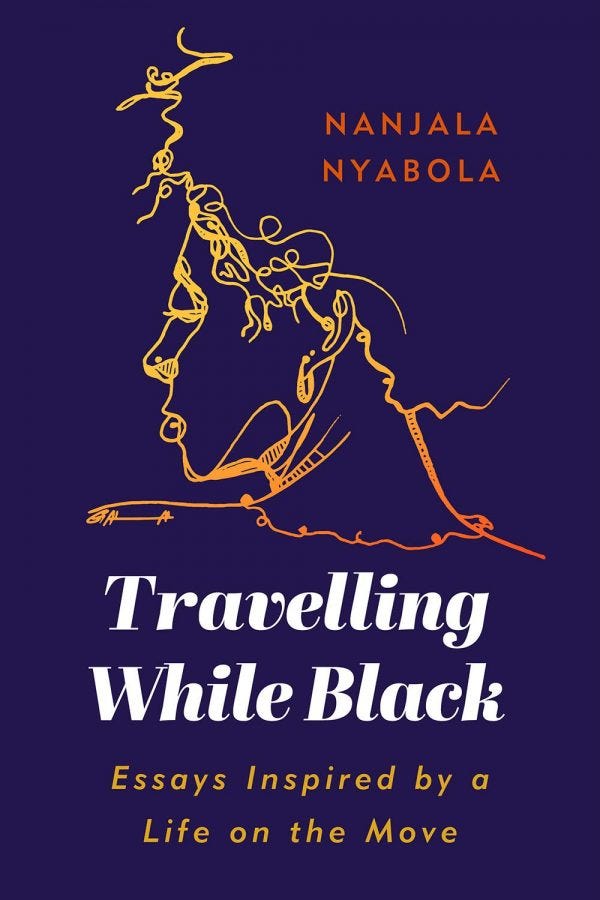Welcome to Just Two Things, which I try to publish daily, five days a week. Some links may also appear on my blog from time to time. Links to the main articles are in cross-heads as well as the story.
There was a note on John Naughton’s Memex blog this week in which The Economist quoted Yale University sociologist Nicholas Christakis on the legacy of the pandemic:
So far it looks as if the legacy of covid-19 will follow the pattern set by past pandemics. Nicholas Christakis of Yale University identifies three shifts: the collective threat prompts a growth in state power; the overturning of everyday life leads to a search for meaning; and the closeness of death which brings caution while the disease rages, spurs audacity when it has passed. Each will mark society in its own way.
Well, maybe, and I wondered if Christakis is being misrepresented by The Economist’s glib summary that it “will follow the pattern set by past pandemics”.
And whether it is true or not, the analysis probably needs a bit more work than this.
This reminded my of a model I haven’t used in years, published in the book Thinking in Time by Richard Neustadt and Ernest May. Neustadt and May were academics who had also worked in the Kennedy Administration. Thinking in Timeset out to help policy-makers use history more effectively—since they re going to draw on historical analogies regardless.
There’s a good review from the 1980s in Commentary magazine:
In particular, the authors of Thinking in Time wish to help decision-makers become more attentive to the proper “uses of history.” When they consider the pressing matters before them, officials frequently have historical analogies in mind. These analogies help shape the way they look at, judge, and act on the problems at hand. But Neustadt and May find that often the analogies do not fit or are improperly applied to contemporary situations. The result is a distortion of policy.
The diagram below is my synthesis of the process they lay out in the book. The colours on the chart are down to the rather garish brand palette of the business I was working for at the time.
Source: Andrew Curry
As the diagram shows, it’s a process that invites participants to reflect on what they know, what they don’t know, and also the assumptions they’re making; then take care to identify both similarities and differences of the present situation with the analogies being explored; then review the issue history again, explore options, and retest assumptions. As a process, it’s designed to slow down thinking and check for biasses.
So what’s missing in the Economist summary above?
Well, there are several similarities missing. One, pandemics lead to increased inequality, depending on social safety nets. Two, they tend to lead to social unrest, as they did repeatedly during the 19th century and again after the Spanish flu. (Perhaps not that surprising that The Economist overlooked those two since they’re at the edge of their worldview). Three, they encourage the spread of misinformation and rumour.
What are the differences? We’re in a different era in terms of state power; we’re more likely to see increases in state capability. But the biggest difference is that COVID-19 has been much more likely to kill the old than the young, unlike the Spanish flu. In that respect, it is maybe the first pandemic of an ageing world. Which may mean that we don’t see “audacity” when the pandemic has passed.
#2: Summer books
Regular readers will know that I like the site Restofworld.org for its interesting coverage of the Global South. Its collection of summer books is refreshingly different too.
There’s a whole range of books here, across lots of different genres, and about lots of different countries: Pakistan, India, Kenya, Mexico, Thailand, China, North Africa, Japan, Nigeria. I’m not going to summarise, but I’ll pick out three of the titles from the whole list that caught my eye.
Blockchain Chicken Farm, by Xiaowei Wang
Part personal history and part technology reportage, this book brings readers on a journey through the technological landscape of rural China. Wang chronicles rural China’s evolving relationship with the technologies that are shaping the country and paints a picture of a rapidly changing countryside that defies stereotypes. Wang unravels the idea of “metronormativity,” the myth that urban and rural areas are divided, and shows how the countryside is what makes China’s megacities possible in the first place.
Travelling While Black: Essays Inspired by a Life on the Move, by Nanjala Nyabola
Kenyan essayist Nanjala Nyabola tackles everything from migration and racial identity to traveling as a woman in a book that considers travel in a world where guidebooks are not written with you in mind. Nyabola describes the narratives about Africa that she encountered in over a decade of solo travel from Sicily to Kathmandu to New York and beyond.
Earthlings, by Sayaka Murata
Following her critically acclaimed debut novel Convenience Store Woman, Murata explores a dystopian future set in Japan in which a young woman endeavors to break free of the expectations of The Factory, her term for society. The novel builds a vividly conceived and surprising parallel portrait of modern life in Japan, a page-turner by turns bold, intimate, and occasionally shocking.
Just Two Things is having a long weekend off. It will be back on Tuesday 13th July.
j2t#130
If you are enjoying Just Two Things, please do send it on to a friend or colleague.




